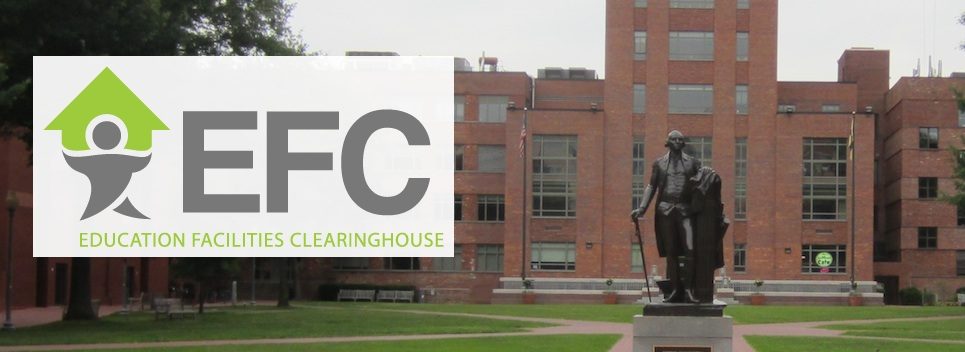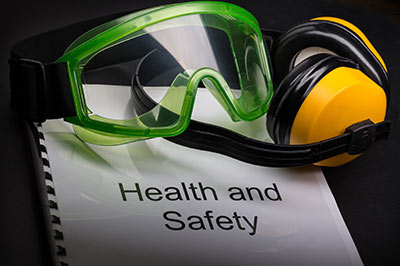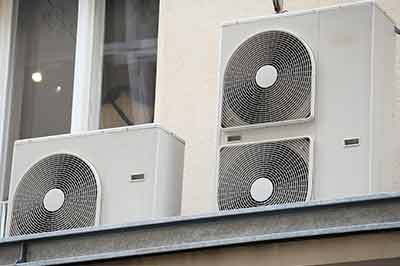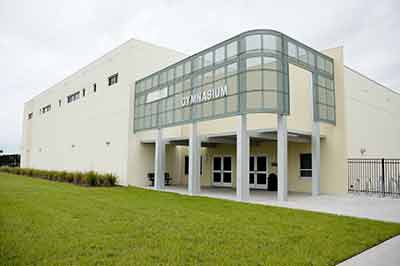Illinois State Board of Education, 2000-2001.
Tag: School Safety
Active Shooter
New York City Police Department. Recommendations and Analysis for Risk Mitigation.
Campus Safety and Security Audit Toolkit – Texas
The toolkit was developed as a collaborative effort between safety practitioners at the Texas School Safety Center and school safety and security professionals. The checklist items were developed by studying security audit checklists already available in several states, most notably, Virginia. Other items were developed by comparing those items, from state checklists, against the Vulnerability Self Assessment Tool (VSAT) put forth by the Department of Homeland Security. The VSAT was a joint project of the Department of Homeland Security and the Texas School Safety Center and is currently under review.
School Safety Audit
U.S. Department of Education, Office of Safe and Healthy Students, 2008.
- To ensure the highest level of safety for our students, faculty, and staff
- To evaluate the preparedness of our crisis management plan
- To assist in the improvement of our plan
- To facilitate planned life saving responses in the event of a crisis.
Conducting a Safety Audit
U.S. Department of Education, Office of Safe and Healthy Students.
- Examine how physical design affects school safety.
- Review elements of strong safety-related school design.
- Discuss school vulnerability assessments.
- Highlight solutions that address physical design weaknesses.
- Outline the four elements of Crime Prevention Through Environmental Design (CPTED).
Demand Controlled Ventilation and Classroom Ventilation
Fisk, Mendell, Davies, Eliseeva, Faulkner, Hong, and Sullivan, 2012. This document summarizes a research effort on demand controlled ventilation and classroom ventilation. The research on demand controlled ventilation included field studies and building energy modeling.
Association of Classroom Ventilation with Reduced Illness Absence: A Prospective Study in California Elementary Schools
Mendell, Eliseeva, Davies, Spears, Lobscheid, Fisk, and Apte, 2013. Limited evidence associates inadequate classroom ventilation rates (VRs) with increased illness absence (IA). We investigated relationships between VRs and IA in California elementary schools over two school years in 162 3rd-5th grade classrooms in 28 schools in three school districts.
The Final Report and Findings of Safe School Initiative
United States Secret Service and Unites States Department of Education, 2004. Littleton, Colo.; Springfield, OR; West Paducah, KY; Jonesboro, AR. These communities have become familiar to many Americans as the locations where school shootings have occurred in recent years. School shootings are a rare, but significant, component of school violence in America. It is clear that other kinds of problems are far more common than the targeted attacks that have taken place in schools across this country. However, each school-based attack has had a tremendous and lasting effect on the school in which it occurred, the surrounding community, and the nation as a whole. In the aftermath of these tragic events, educators, law enforcement officials, mental health professionals, parents, and others have asked: "Could we have known that these attacks were being planned?" and "What can be done to prevent future attacks from occurring?"
A Framework for Safe and Successful Schools
Incremental Seismic Rehabilitation of School Buildings (K-12)
Federal Emergency Management Administration (FEMA), 2003. Earthquakes are a serious threat to school safety and pose a significant potential liability to school officials and school districts. School buildings in 39 states are vulnerable to earthquake damage.











